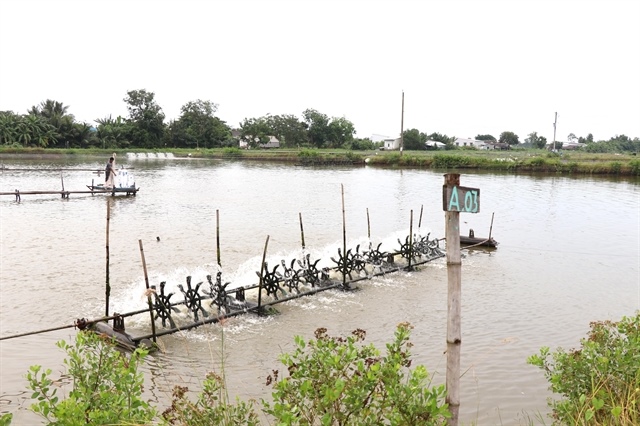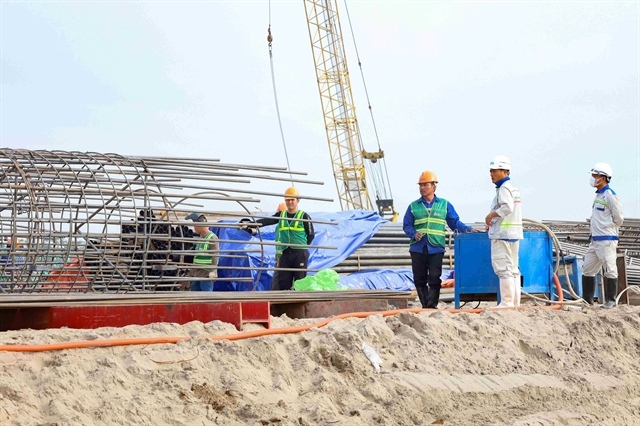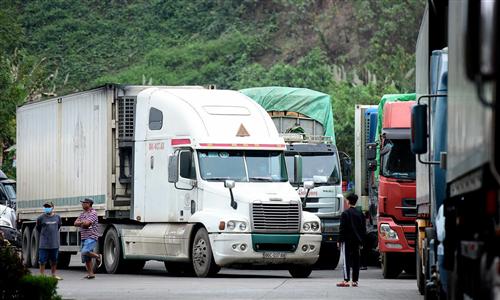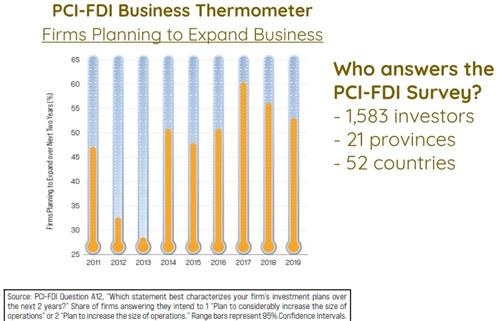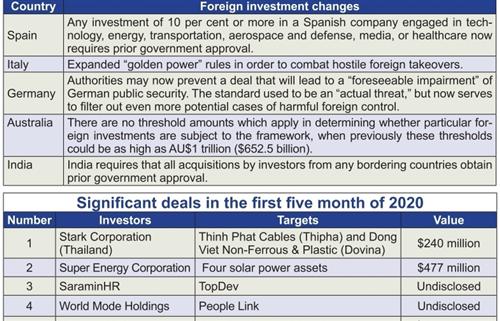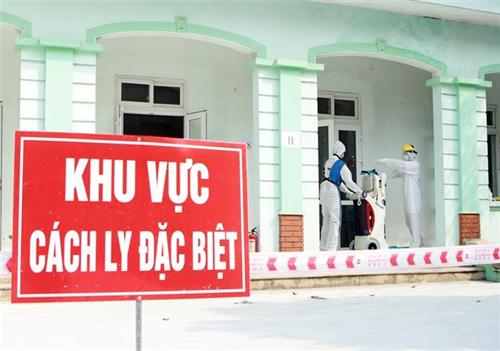Trade defence instruments important to Viet Nam’s open economy
Trade defence instruments important to Viet Nam’s open economy
Strengthening the application of trade defence instruments would be necessary for Viet Nam, which was among countries with the highest economic openness level, according to the Ministry of Industry and Trade. 
Viet Nam established free trade relations with 55 countries through the signing of 14 free trade agreements (FTAs), 13 of which were already in force, including the Comprehensive and Progressive Agreement for Trans-Pacific Partnership (CPTPP).
With nearly all tariffs lifted under commitments of the 13 in-effect FTAs, Viet was now among countries with the highest economic openness level, the ministry said, adding that there were also challenges to sustainable development.
Despite roadmaps for opening the economy, local production was facing growing competition from imported products. Viet Nam’s exported products also encountered the increasing application of trade defence measures by foreign countries.
Le Trieu Dung, director of the ministry’s Trade Remedies Authority of Viet Nam, said that Viet Nam developed a legal framework on trade defence 15 years ago, before the country’s participation in the World Trade Organisation. However, the application of trade defence measures only became common in the last five years in Viet Nam.
According to Dung, trade defence measures which had been or were being imposed helped protect jobs for about 120,000 labourers, encourage local production and contribute to the balance of international payment.
It was estimated that production sectors which were protected by trade defence measures contributed around 6.3 per cent of the country’s gross domestic product. In addition, the budget revenue also increased as higher import tariffs were imposed.
Of note, Dung said that the application of trade defence measures would not only protect local production and domestic jobs but also help reduce the dependence on imported products.
Dung said the ministry was keeping a close watch on price developments and imports as well as carrying out reviews to consider the imposition of appropriate trade defence measures to protect the legitimate rights of domestic producers based on the principles of transparency and compliance with Viet Nam’s legal provisions and international commitments.
Dung said that FTAs all aimed at trade liberalisation but the tariff liberalisation following FTAs would require trade defence measures.
The ministry’s statistics showed that since 2013, investigations for trade defence measures were initiated on 16 cases, including 10 anti-dumping and six safeguard probes. The ministry issued 13 decisions for the imposition of trade defence instruments, mainly on steel and iron, fertiliser, plastics, textiles and food.
Thee major trade defence measures were anti-dumping, anti-subsidy and safeguard ones.


